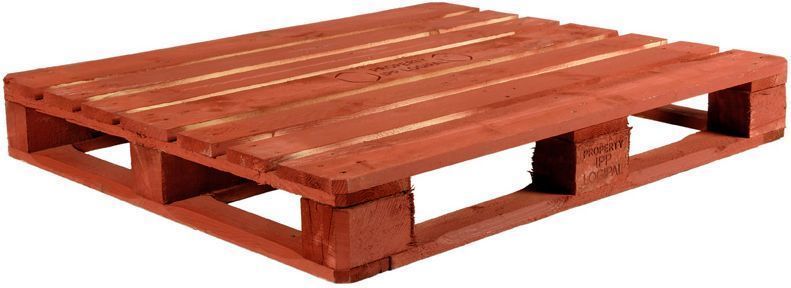Export Pallets – A Guide
06 Aug 2016
When you’re exporting goods, there’s a lot you have to know about. This guide will give you a briefing on what you need to know about export pallets and help you avoid some of the worst pitfalls – like having your export goods burned or quarantined because the pallet has become infested.
Untreated Pallets Won’t Be Accepted
Untreated wooden pallets are potentially a great home for fungi, bacteria, insects and all sorts of other interesting visitors. These can wreak havoc on the plants and wildlife in the importing country.
Overseas countries are therefore very stringent about the type of pallets they will accept and how the pallets must be treated before arriving at the border. There’s an international standard called ISPM 15 which was set up to provide protection for plants and ecosystems that were being damaged by bugs and diseases arriving in countries on wooden pallets. Most countries will now only accept heat treated wooden pallets into the country.
The standard requires that the wood that will be made into pallets is debarked, and that it’s then heat treated or fumigated to ensure that all the bugs have been destroyed and no new ones will set up home in the pallet. Heat treatment for export pallets involves heating the wood via steam, a kiln or a microwave. The core of the wood has to reach a temperature of 56 C for at least 30 minutes.
To prove that this has happened, heat treated wooden pallets are stamped or branded with the ISPM 15 mark to show that they are compliant. The mark is known informally as the “wheat stamp” because it looks like an ear of wheat.

Size Matters Too
But infestation is not the only problem. Countries have standard sized pallets, and it makes sense to export pallets of the size that the importing country regards as standard. The trouble is that the standard sizes can differ from one country to another, and they are subject to change. Differently sized pallets may mean that your goods have to be unloaded and reloaded to fit onto a lorry, and every operation of this kind risks damaging the goods.
The International Standards Organisation (ISO) has set out six pallet sizes as standard (ISO 6780).
The Euro pallet is very widely used in Europe. There are four standard sizes of Euro pallet, and they are manufactured to a stringent specification which even says what kinds of timber and nails can be used. However, some containers used for shipping don’t fit one or other type of pallet comfortably.
So it is probably clear by now that you can save a great deal of time and money by using a company that understands all of these regulations and compliance requirements and can advise you according to what you are exporting and where it’s going. Try a company such as Associated Pallets, which has a lot of experience in supplying heat treated pallets for export and can also advise on the best size of pallets for your requirements.


